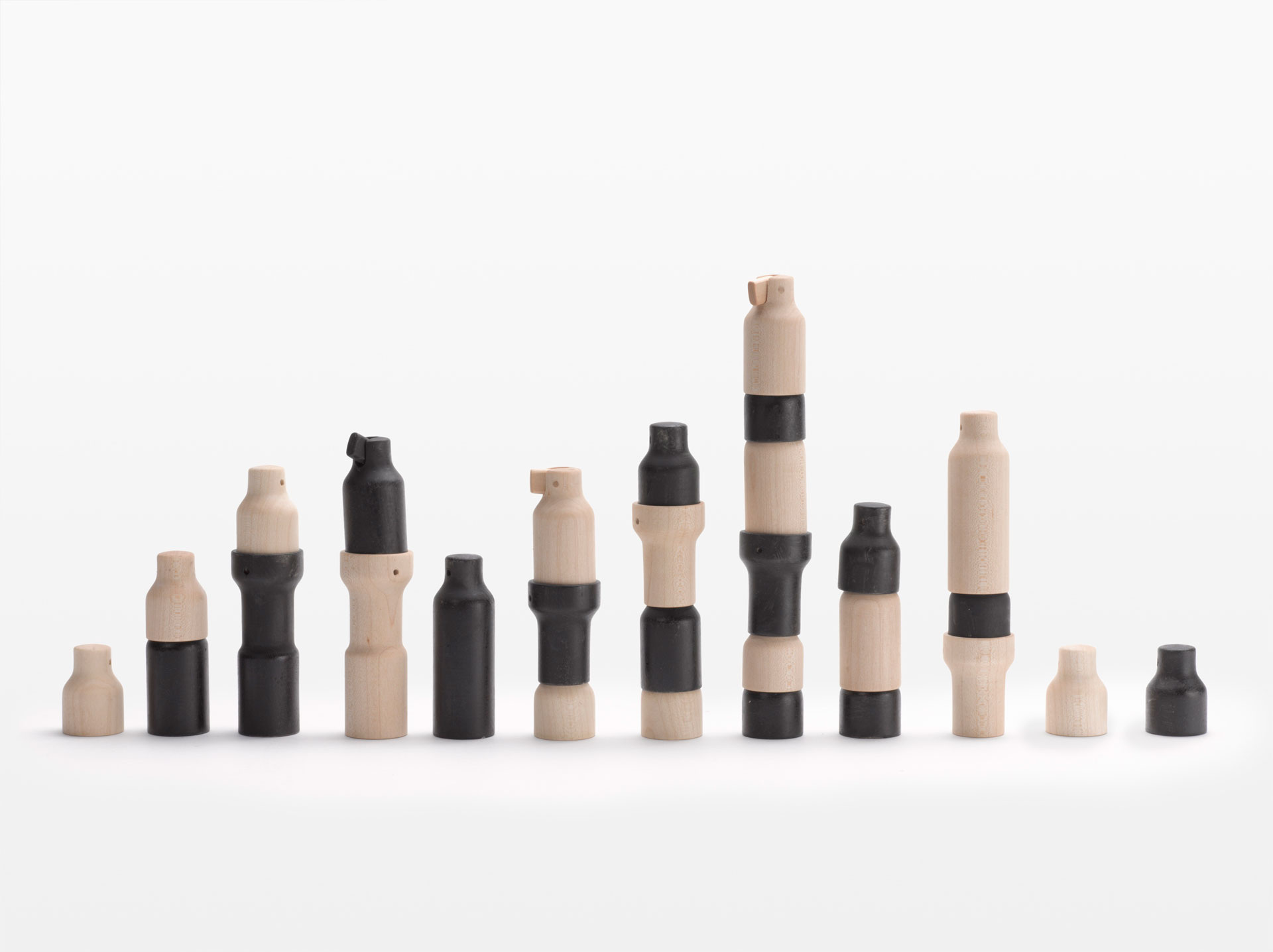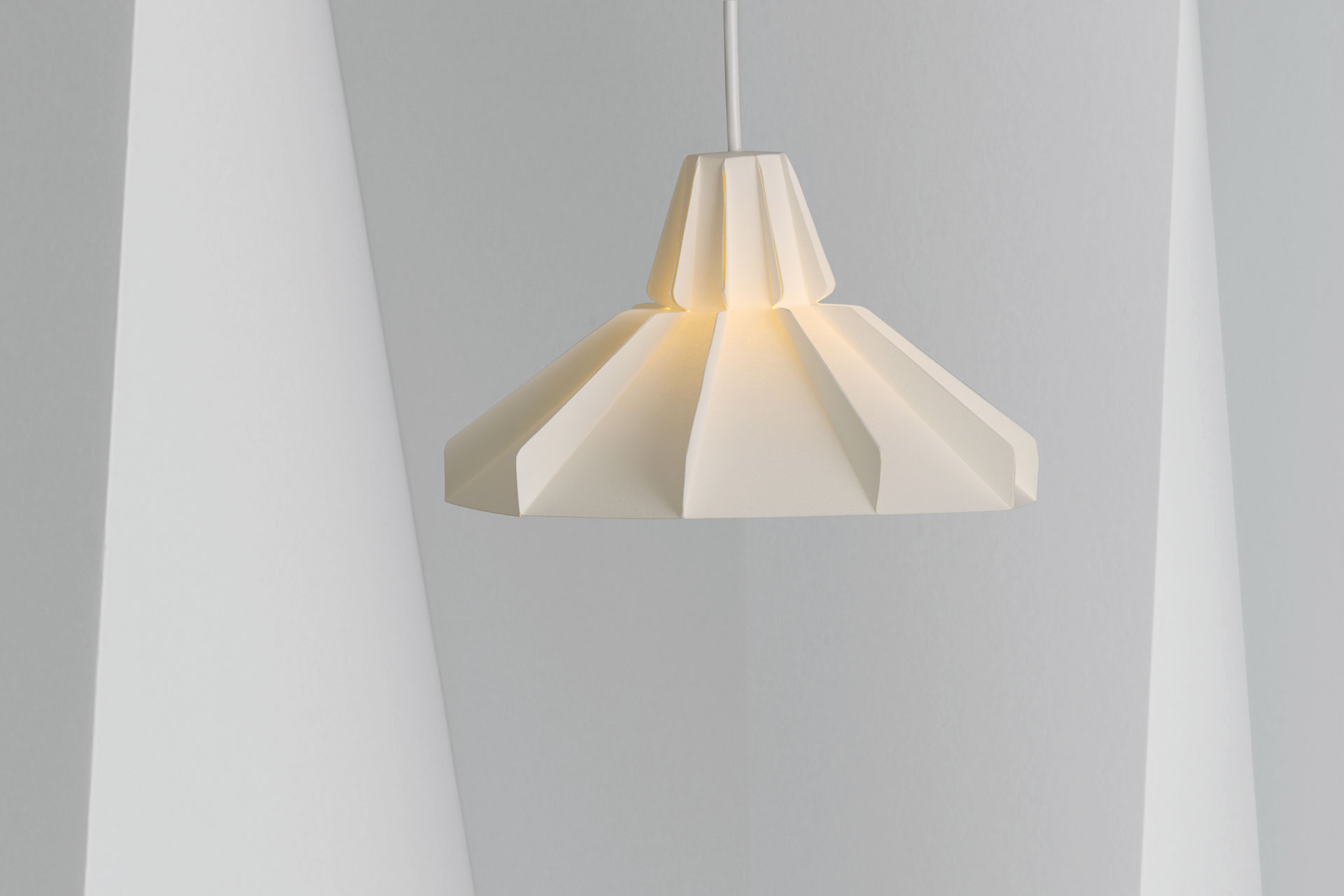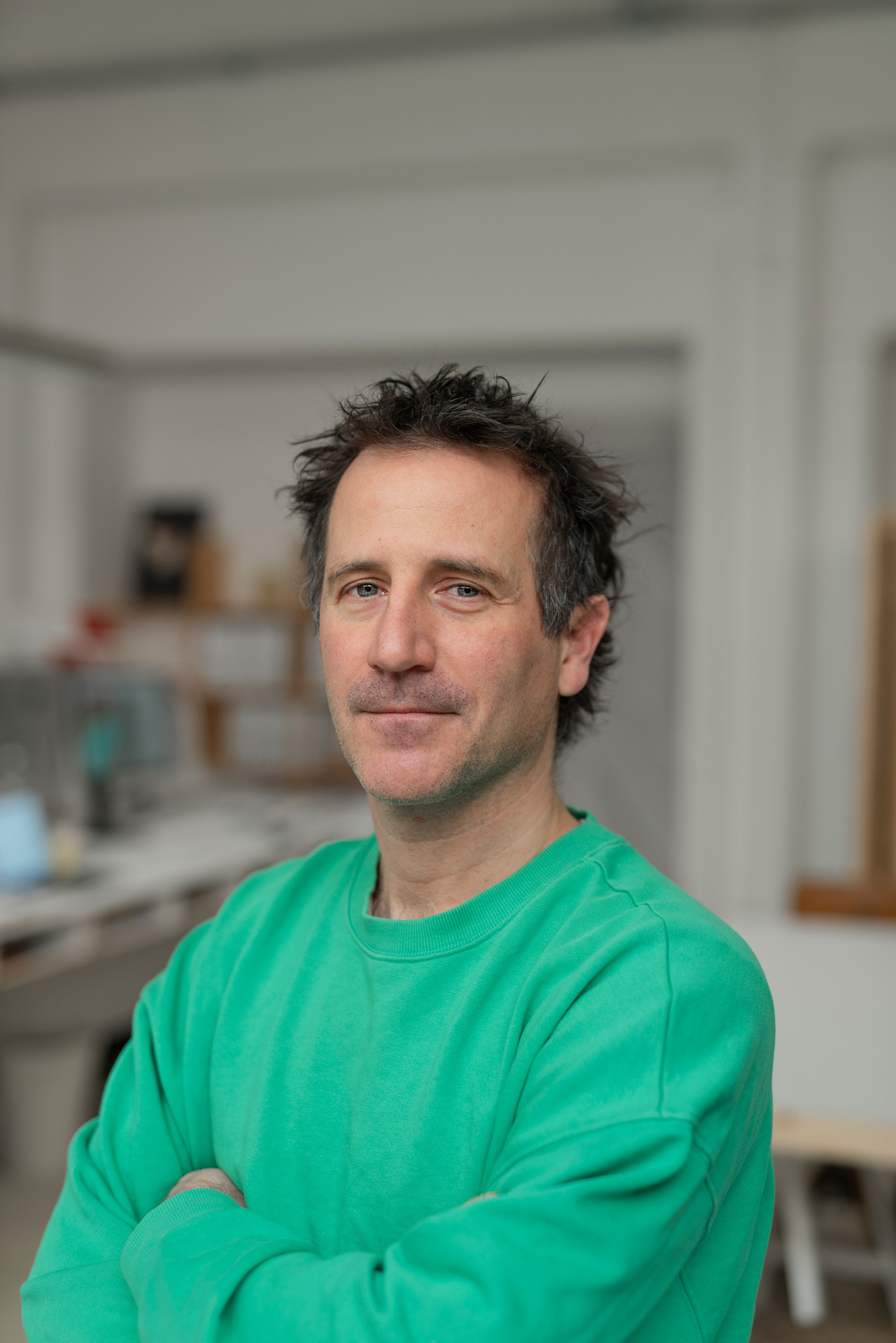Interview / FLORIAN HAUSWIRTH
Industrial, as well as craft
Swiss rationality, purity and charm. Florian Hauswirth is a designer who distiguishes himself from others by combining industrial and handmade manufacturing processes within one product. Minimalist, contemporary shapes together with maintenance of historical craft traditions are significant for his work.

Democratic chess, source: Magazine Bratislava Design Week 2014.
How would you briefly describe your basic creative approaches?
FH: My process is “hard to catch”. I do some sketching in the train while travelling home, in a café or in my studio, the most creative time is a phase of half sleeping or being in draggy mood… a good idea can kick you out off this mood or the mood itself regulates it somehow…the human factor, the difference between a machine (computer) and us. Traveling or my surrounding at home also influence my work. When I do the first models it is similar to sketching. They are like 3D sketches; they can be destroyed or changed in a very quick time. Sometimes I also take pictures and work over it with Photoshop or lately with 3D drawings and visual renderings. When it comes to defining the final shape or scale, this is a very important phase for my design and I do like this too. Even when it’s quite pragmatic, it is still a very special phase, it is so real and can be “planted” into real live. My prototypes lay on my table at home or new chairs are standing around, when I brush my teeth in the morning or take a first look, without having the project in mind, I have this fresh view. This isgreat to check the projects value; if not ok I may have to start again. Mostly I would like to do something for quite a while, but there is no time or I’m stuck in some points… and then it goes fast, as I’m used to realize things in a short time. Some things need time to grow and others come out in a really intense time of work. And when I start to make the prototype by my own, I switch from the maker to the designer; sometimes one of them is a bit lazy;). But this is actually the interesting moment when things get simpler. Of course I alsocommunicate with other craftsmen or people, you never know everything.
You frequently use a combination of a craft and industrial production. How do you see a future of the craft, hand-made production?
It will be a combination. Similarly to the physical and the virtual-computer reality that gets together and gets mixed (use of smart phones and so on). The physical part will have its important role and craft is more physical and logical for us. The desire for craft and “real objects” made by a human will be important, even more than it is now. The transition time-phase we live now will develop. The physical and the virtual come closer together and so craft and handmade can go more direct through a computer, with 3D scans or tracking. We will be more free and not fixed to computer most of our time; the computer has to adapt it to us. Computer will do boring work and more interesting part will stay open from us. Objects can be manufactured to be more personal even in bigger series With my work I want to increase people’s awareness about materials and development process. Where are objects coming from?What is the work behind it? What is the cultural background? Craft is cultural knowledge and material should be precisely selected.
Designers should be specialists on consumption. Helping people to be aware about what they buy and what kind of objects they live with. As we are more and more careful about what we eat (bio, local), we should ask the same questions when we buy products.

Loppa, source: Magazine Bratislava Design Week 2014.
In your portfolio, installations play an important role. What are their topics?
It’s an active research about space and objects together with my girlfriend who is an architect. A field that bothof us are not specialists in, so it is more equal and free. We see buildings as human bodies or the surroundings and nature as a ”sandbox” to find a harmonic/equal relation to nature or an urban situation.
Sometimes this ends up in a surreal image that asks questions or is as “chameleon-way” – it is irritating and this affects the question about what is the “right”/real or normal?
I like the idea behind your work called Democratic Chess. Could you please describe it closer?
The scenario described by a traditional chess set consists of a monarchy with entourage including a castle/ city, soldiers/knights and pawns/people. It is a game of strategy, whereby planning for the next move is essential. Chess – ‘The Royal Game’ – has been played since time immemorial in the majority of varied cultures from India to Persia, Russia, to the Vikings. Nowadays, computers are increasingly playing alongside chess masters. Democratic Chess is a new interpretation of the traditional chess game. Not only the form, but also the function of the figures has been re-interpreted, which means that the flow and content of the game can change. Democratic Chess increases the unpredictability of the game, creating totally new and surprising situations. New ways of playing are made possible by the shape of the figures. Pieces taken are not eliminated but stacked, thus creating new figures, which have more abilities. For example, a knight or even a second queen can be made from several pawns etc. Democratic Chess can be played in one of three ways:
1 Normal chess (monarchy) with the traditional rules
2 The new, democratic chess, with flexible values and play scenarios
3 A constructive children’s game
How would you describe the contemporary Swiss design? What would you recommend us from it?
Today’s Swiss Design mentality is like its geographic placement, influenced by design culture of neighboringcountries. It is still pragmatic, practical, never too decorative, it can have a nice story behind but the use and its function is in the main focus. There are young designers inspired by French design from Ecal such as Big Game, Adrien Rovero, Christian Spiess, Dimitri Baehler, Tomas Kral (you know for sure ;), Anaide Devoudlarian + Gregory Brunisholz,Loris&Livia Sybille Stöckli, Laetitia Florin and many more. Besides, there are young designers from the center part of Switzerland – Stephanie Baechler (fashion and textile), Pluersmitt, Fabian Schwärzler, Moritz Schmid, Velt, Postfossil, Aekae, and many more Depot Basel and www.sachenmachen.ch (in English: making things) are good places to find young Swiss design.

Source: florianhauswirth.ch